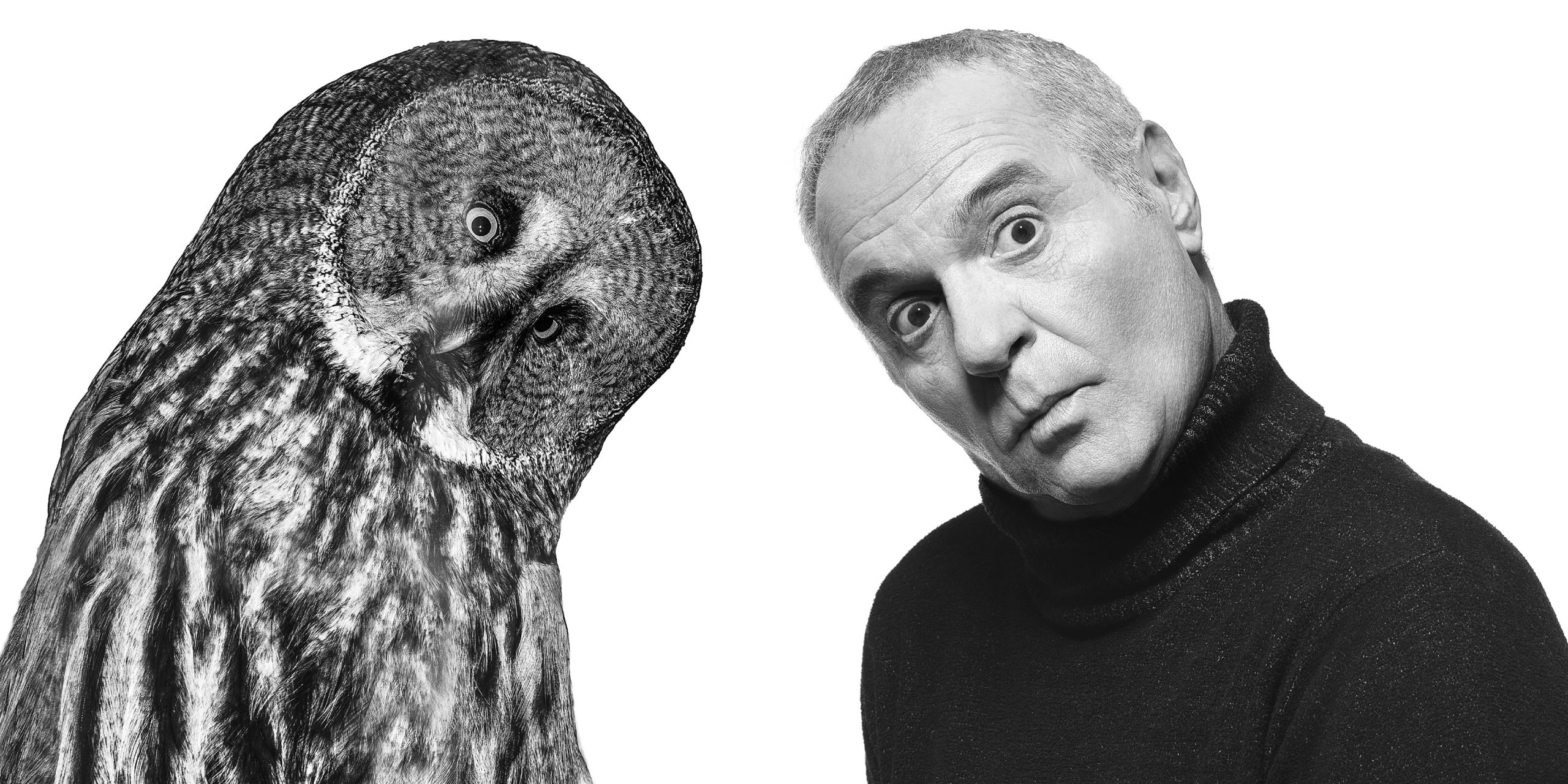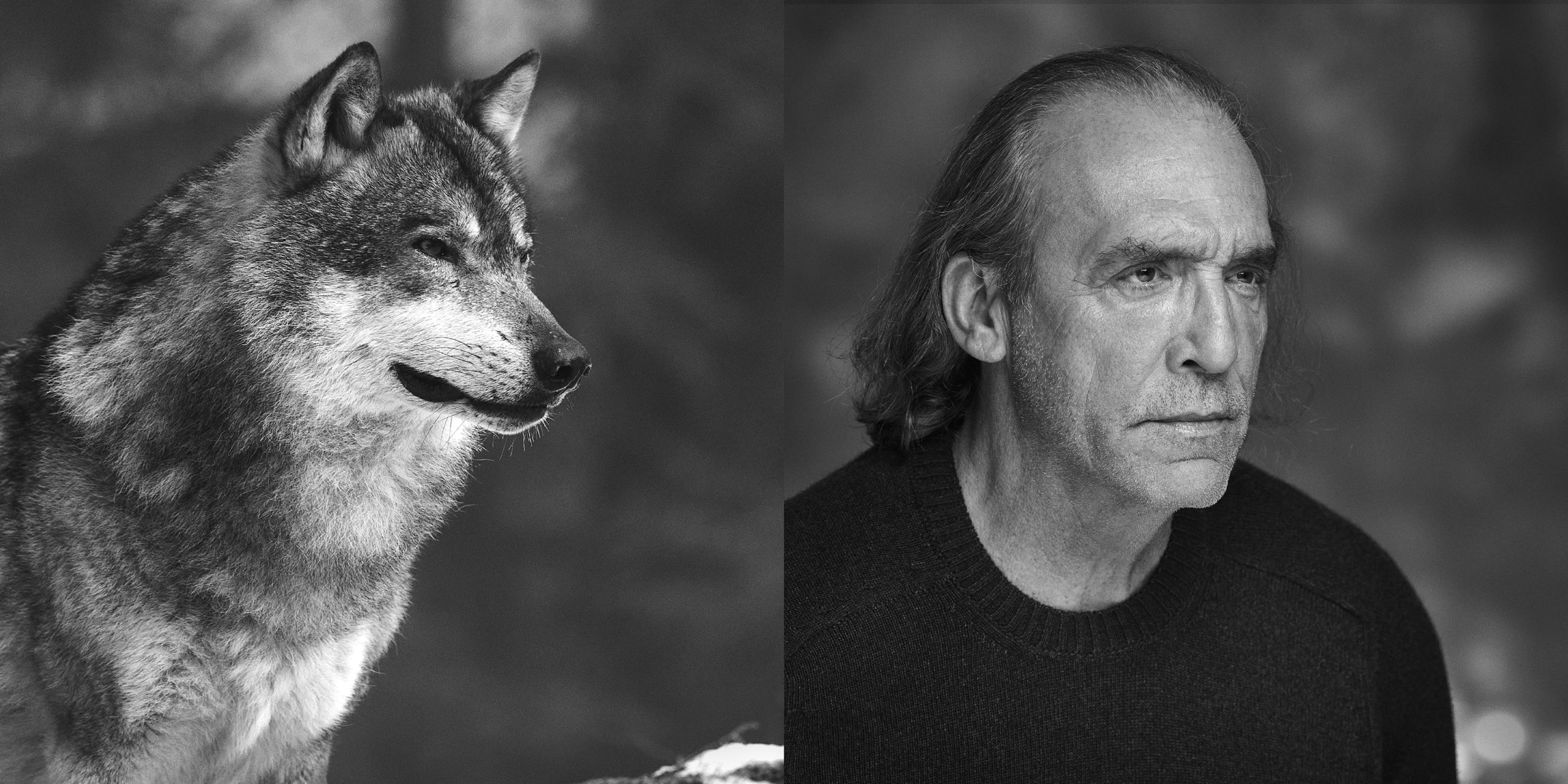Twelve faces of Italian cinema, who accepted the WWF's invitation to be portrayed in symbiosis with animal species threatened with extinction, are the protagonists of the photographic exhibition “The Panda is us”, born from an idea by photographers Alessandro Dobici, Alberto Cambone and Roberto Isotti and dedicated to the WWF campaign of the same name. With the #IlPandaSonoNoi campaign and with this exhibition, in fact, the WWF wants to reiterate a provocative but real message: defending Nature is an essential action for the protection of ourselves, of the human species.
Alan Cappelli Goetz, Maria Grazia Cucinotta, Sabrina Ferilli, Stefano Fresi, Caterina Guzzanti, Vinicio Marchioni, Caterina Murino, Giorgio Panariello, Lillo Petrolo, Virginia Raffaele, Maya Sansa and Luca Ward were “reflected” in the gaze of those who, through their faces, will be able to somehow speak, and finally be represented: lioness, wolf, bear, leopard and other iconic representatives of wild life are the subjects whose gaze is reflected by an imaginary mirror.
Our species shares the same appearance, origin, home and future with nature. Where animals live well we live well too. From here begins the inspiration that gave birth to the photographic project “The Panda We Are”, created for WWF Italy by photographers Alessandro Dobici, Alberto Cambone and Roberto Isotti, which invites the public to recognize themselves in Nature to learn to protect it, because only in this way will it be possible to protect ourselves too.
The photographic exhibition will be on display with free admission on 13 – 14 – 15 – 17 March 2024 from 10am to 7pm, at the Monumental Complex of the Roman Aquarium, House of Architecture, in Piazza Manfredo Fanti 47 in Rome.
Alessandra Prampolini, general director of WWF Italy declared: “With this exhibition we want to show the symmetry that exists between us human beings and the animal species with which we share life on Earth. Even if we struggle to accept it. Even if sometimes we pretend not to consider it. Even if it sometimes seems that every other emergency comes before the natural crisis that characterizes our time, today more than ever we know that our well-being, including our economic well-being, and our health depend on nature. The food we eat, the water we drink, the air we breathe are the manifestation of how essential nature is to our existence. Over the last sixty years the WWF has engaged in a thousand battles to save species from extinction. An example of these is right in our logo. Thanks to all the conservation efforts we have managed to lower the danger level of the panda from threatened to vulnerable species on the IUCN list. Today the panda, the endangered species, is us humans and life as we know it. It's time to become aware that our future depends on that of nature.”

How the exhibition is composed
The exhibition will host two sections. The central one, entitled “The Panda is Us” has as protagonists the 12 diptychs composed of the portrait of an artist, created by Alessandro Dobici, combined with the portrait of an animal, belonging to an endangered species, created by Alberto Cambone and Roberto Isotti . The photographic diptychs of humans and individuals at risk of extinction show the profound connection between the human species and animal species.
In the 12 diptychs protagonists of the exhibition “The Panda is us”, Maya Sansa interprets the Lioness (Panthera leo), Sabrina Ferilli interprets the diademed Sifaka (Propithecus diadema), Stefano Fresi interprets the Scops Owl (Otus scops), Alan Cappelli Goetz interprets the Leopard (Panthera pardus), Vinicio Marchioni plays the Nyala (Tragelaphus angasi), Luca Ward plays the Wolf (Canis lupus), Virginia Raffaele plays the Bifid Chameleon (Furcifer bifidus), Lillo Petrolo plays the Brown Bear (Ursus arctos), Mariagrazia Cucinotta plays the Bonobo (Pan paniscus), Caterina Guzzanti plays the Congo Praying Mantis (Sphodromantis congica), Caterina Murino plays the Polar Bear (Ursus maritimus) and Giorgio Panariello plays the Lapland Owl (Strix nebulosa).
The second section of the exhibition is entitled Vanishing Beauty and is dedicated to biodiversity at risk of extinction. This part hosts 32 animal portraits taken from the Homo Ambiens project by Alberto Cambone and Roberto Isotti. These two sections share the choice of format and black and white, to highlight the symmetry between human destiny and that of other animals.
The loss of nature and the risk of survival for many species occurs inexorably every day. But we are Nature. What happens is not distant from us, it is nothing other than us. When habitats become impoverished, when animal and plant species disappear, part of us also disappears. Seeing nature's reflection disappear is like no longer seeing our reflection in the mirror.
WWF's mission is to build a future in which people can live in harmony with nature and to do so it pursues the three main objectives of: stopping the loss of natural habitats, conserving existing ecosystems and regenerating degraded ones, guaranteeing forms of use sustainability and resilience to climate change; stop human-triggered extinctions by stabilizing or increasing natural populations; halve the ecological footprint of our production and consumption systems, and greenhouse gas emissions.


The species conservation projects are located on all continents and concern primarily: bears (panda and polar bear), big cats (jaguar, leopard, snow leopard, tiger), elephants, rhinoceroses, great apes, cetaceans, sea turtles, sharks and rays, vultures and sturgeons. Even in Italy, the WWF has always been committed to the protection of terrestrial and marine species with specific projects on large carnivores, such as the wolf, the Marsican brown bear, birds, birds of prey, amphibians, reptiles and invertebrates.
#Panda #WWF #photographic #exhibition #Rome